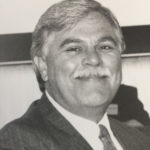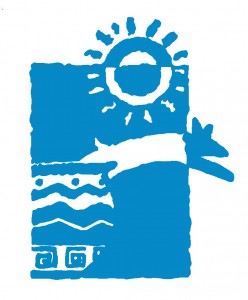Source: Arizona Heritage Alliance Board of Directors’ Letter of Support Sent to Arizona Game and Fish Department for the Verde River-West Clear Creek Conservation Area – November 23, 2017
Ty Gray, Director
Arizona Game and Fish Department
5000 W. Carefree Highway
Phoenix, AZ 85086-5000
Dear Director Gray:
On behalf of the Arizona Heritage Alliance Board of Directors, I am writing to voice our strong support for the Verde River – West Clear Creek Conservation Area as proposed by The Nature Conservancy in Arizona. As you know, the mission of the Alliance is to preserve and enhance Arizona’s historic, cultural, and natural heritage. The proposed partnership between your agency and the Nature Conservancy offers a unique opportunity for protecting and enhancing a significant swath of water resources, streamside forests, and wildlife habitat in the Lower Verde Valley.
We believe It is important to protect both Park Central Farm and Shield Ranch with conservation easements in order to preserve connectivity of habitat along the Verde River corridor for three miles and the confluence of the river with West Clear Creek. Protecting only one property will not achieve unified protection along both sides of the river and the West Clear Creek confluence.
Conservation easement acquisitions are an effective tool because they provide direct habitat protection and protect recreational opportunities while significantly reducing O&M costs. We also believe the use of Arizona Game and Fish Heritage Funds to facilitate this initiative is just the type of project the citizens of Arizona envisioned when voting to approve the Arizona Heritage Fund 27 years ago.
Thank you for your consideration in this matter and for your public service.
Sincerely yours,
Elizabeth T. Woodin
President




You must be logged in to post a comment.